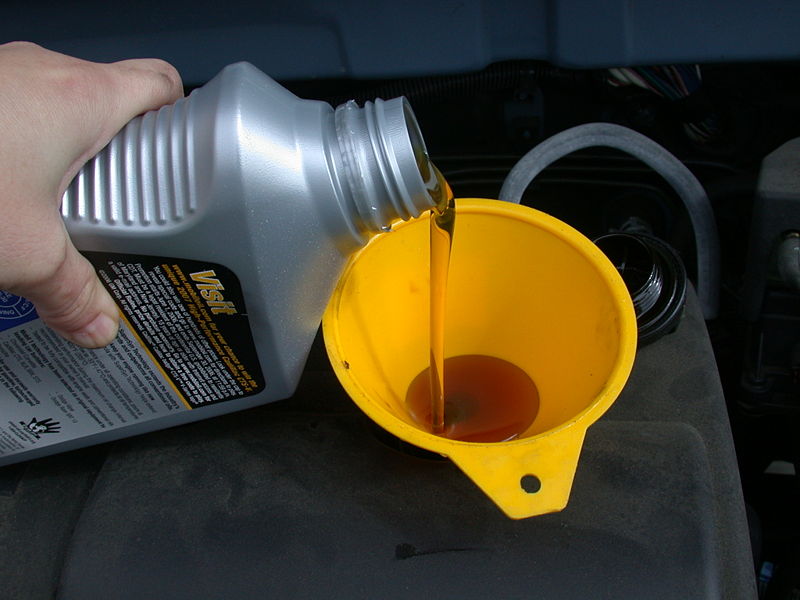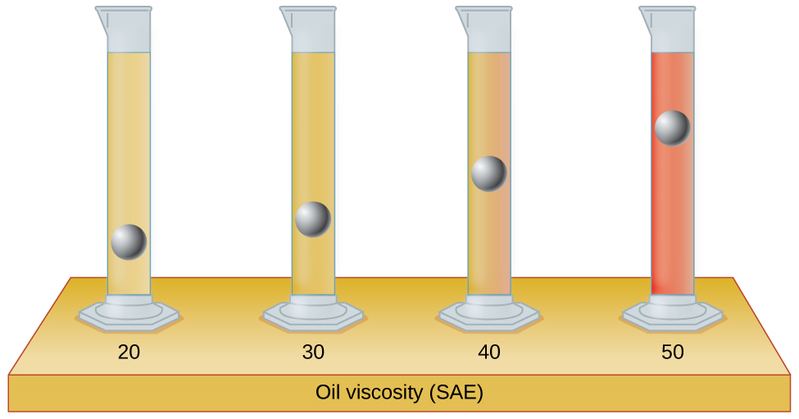Oil Viscosity Explained
Choosing the right cooking oil to use can get really tricky. You have sunflower oil, canola oil, peanut oil, palm oil, and vegetable oil. Each of them have their own qualities that allow you to take your cooking to the next level. But in finding the right oil, sometimes it’s all about the smoking point. You have to find the one that has the right smoking point for the job. Buying the wrong one can end in a botched up meal.
It’s the same case for car engine oils. While you have a lot of brands out there, the main factor to consider will always be oil viscosity. Different oils with different viscosity can have varying effects on your car. Grabbing the first type of oil you see on the shelf can do your car more harm than good.
So let’s try to understand oil viscosity, how it affects your car, and what type of oil you should buy for your car.

All About Oil Viscosity
Viscosity is defined as a fluid’s resistance to flow and shear. Back when we were younger, viscosity was easily explained as how easy or how difficult it is for the fluid to flow. This is true in essence but viscosity is more than just how good it flows.
There are two types of viscosity; dynamic viscosity and kinematic viscosity.
Kinematic viscosity is what is described to us when we were younger. Basically, a more viscous liquid will flow slower while something with lower viscosity will just flow easily. A great comparison to represent kinematic viscosity is syrup and water. Water flows easily along surfaces due to its less viscous nature while syrup is exceptionally slow.
Note: The high-temperature viscosity grade of an oil is based on the kinematic viscosity.
Dynamic viscosity, on the other hand, is based on how “difficult” it is for one object to move through a fluid. A Cold Crank Simulator Test is used to determine the dynamic viscosity of a fluid.
Note: The low temperature viscosity grade of an oil is based on the dynamic viscosity.
One last thing to remember is the VI or viscosity index of different oils. Basically, the VI represents the change in the performance of the oil when experiencing changes in temperature. What you need is an oil that performs consistently under different temperatures. The oil’s VI gets measured at 40°C and 100°C. A high VI means that the oil’s viscosity does not change when the temperature changes.

How Does Oil Viscosity Affect Your Car?
Before we discuss how viscosity can affect engine performance, we have to talk about why we even put oil there in the first place.
Your car engine is full of moving metal parts. These metal parts, although sturdy, can easily be damaged when they rub against each other a hundred times a minute not to mention the amount of heat they can generate. What you need is something that can act as a buffer between two moving parts so they don’t grind against each other - that’s what oil is for. Oil is also great in absorbing the heat.
Low viscosity oil can be considered too thin and may not be the best in offering a buffer zone. This can affect not only the performance but also the health of your car. Also, as the temperature rises, the oil gets even thinner. You might as well be adding water to your engine at that point as it will not be effective in preventing friction.
At this point, you might think that high viscosity oil is the way to go, right? Well, not necessarily. When your oil is too viscous, it cause your engine to work harder just to move around. Just imagine swimming in syrup vs swimming in water. This can result in bad fuel efficiency and engine wear. High viscosity oils are also bad during the colder months as it will take some time for them to “move” because the cold can make them even thicker.
So What’s The Right Oil Viscosity For My Car?
There’s no magic handbook to determine the right viscosity for your car, However, there are a number of things you should look into before buying one.
- Check your car’s manual. More often than not, the manufacturer already has a suggestion for the best oil type/viscosity for your car.
- The weather can affect your oil performance so you might want to change oil when winter comes or when it ends.
- You need to understand how oils are marked. For example, if an oil is marked 5W-50, the “5W’ refers to its performance in cold weather (lower is better for winter) while the “50” refers to the performance under normal conditions (higher means it stays thick at higher temperatures). So if you are looking for oil to use for the winter, picking a 0W-30 over a 5W-30 oil makes sense. For the summer, you might want to pick a 5W-50 over a 5W-30 oil.
Understanding oil viscosity might seem like an “advanced car owner” kind of thing but it’s really important if you want to give your car the best. The type of oil you put into your car can dictate how fuel efficient your car is, the level of performance it can provide, and its health.

